Historic Dewey’s Moravian Cookies New Regional Americana Flavors
(Gerry Furth-Sides) Moravian spice cookies made by Dewey’s Bakery are as rich in taste as they are in history. “The creators of the cookies learned that by rolling the dough until it was whisper-thin and baking it slowly, they could create a cookie with a light, crisp texture and capture the intense flavors,” we are told by the bakery when asked their secret. The best of precise German technique and under-rated creative Czech baking went into this creation. This is because Czech bakers incorporated all the richness of the best of Europe as pulled together by the Austo-Hungarian Empire. Historically during the early part of the twentieth century, Moravians, a subgroup of Czechs living Moravia which was an area in eastern Czechoslavakia of about 15,000 square mile, also been home of a large German-speaking population until 1945.
Still crackly to the bite, the current machine-made larger cookies still hold the very essence of distilled spices and molasses prepared from a special blend.
While the spice recipe is the most traditional and well-known of the Moravian cookies, other versions have appeared over the years, including Sugar, Lemon Bar, Chocolate Chip, Birthday Cake (with sprinkles!) and Banana Pudding, which are available nation wide at stores like Walmart and Safeway (For locations, please see //www.deweys.com . We were treated to a sneak peek of the new flavors now available online, and in stores in early 2020: Triple chocolate Brownie, Old Fashioned Glazed Doughnut and Cinnamon Bun. Caution: The lemon bar and “doughnut shop” cookies can become addictive because of their tantalizing “bar” and “doughnut” textures rarely found in a cookie, to say nothing of their clear, delectable taste.
Related to German Lebkuchen, the original recipes go all the way back to the 18th century. Rolled paper thin, the original Moravian cookie earned a reputation as the “World’s Thinnest Cookie,” pretty much possible only when hand-rolled. The cookie classic first appeared in the Colonial American communities of the Moravian Church centuries ago.

Dewey’s Bakery announces itself in the enticing mailing box. Open it and brown raffia surrounds each package which is designed to ensure whole, broken cookies.
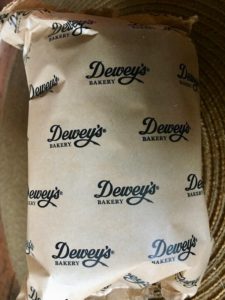
Each bag holds a smaller, waxed bag with a tray of six cookies inside
The cookie is especially popular around, and usually associated with, Christmas in communities with a strong Moravian background such as Winston-Salem, North Carolina and Bethlehem, Pennsylvania, which still maintain the two largest Moravian communities in the United States. The tradition was for prominent homes in the community to hosted open houses and display elaborate Nativity scenes and offer cookies to guests. These scenes were often built around large tree stumps found in the woods near the town.
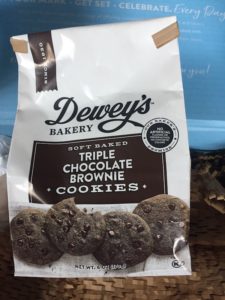
The newest addition to the Dewey’s Bakery line is the Triple Chocolate Brownie Cookie
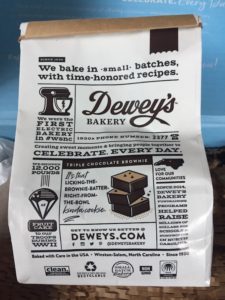
The spice cookie was central to almost every special occasion, but many families also made a sugar cookie. Made with butter it was flavored heavily with nutmeg. Traditions that were handed down from generation to generation began when families making their own cookie cutters to pass along. The shapes were primarily farm animals, as part of the Nativity tradition. Families often had a few cookie cutters which were large and intricate and took real skill to cut out and bake.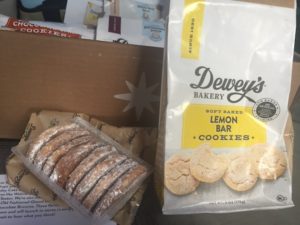
Although there are a few bakeries that still roll and cut the cookies by hand, some now use a mechanized process for making the cookies in order to meet the demand, which does not allow for as thin a cookie. Today the “wow” tasty new flavors, along with the original ones, keep the cookie in demand.


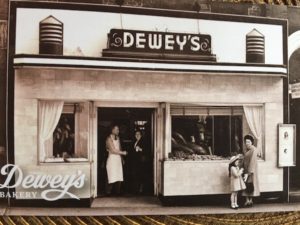
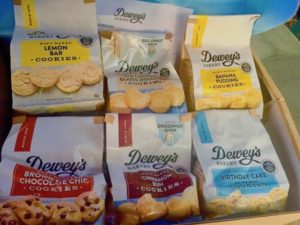
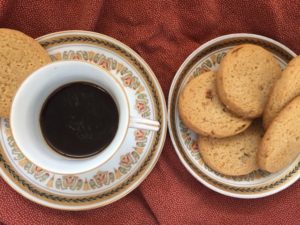
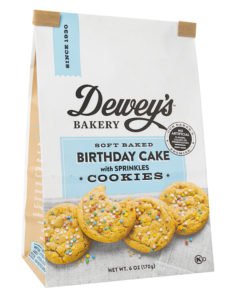
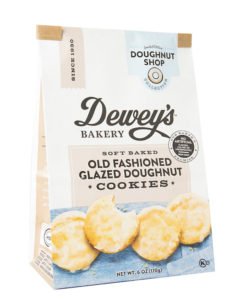

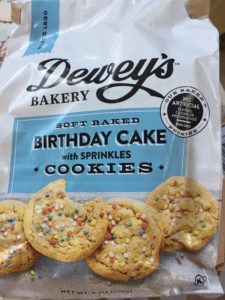
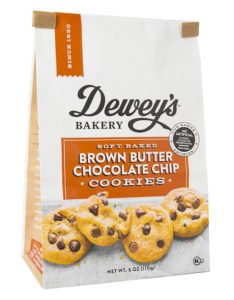
 Gerry Furth-Sides
Gerry Furth-Sides  Barbara Hansen
Barbara Hansen  Chef-owner Alain Cohen
Chef-owner Alain Cohen  Roberta Deen
Roberta Deen  Jose Martinez
Jose Martinez  Nivedita Basu
Nivedita Basu